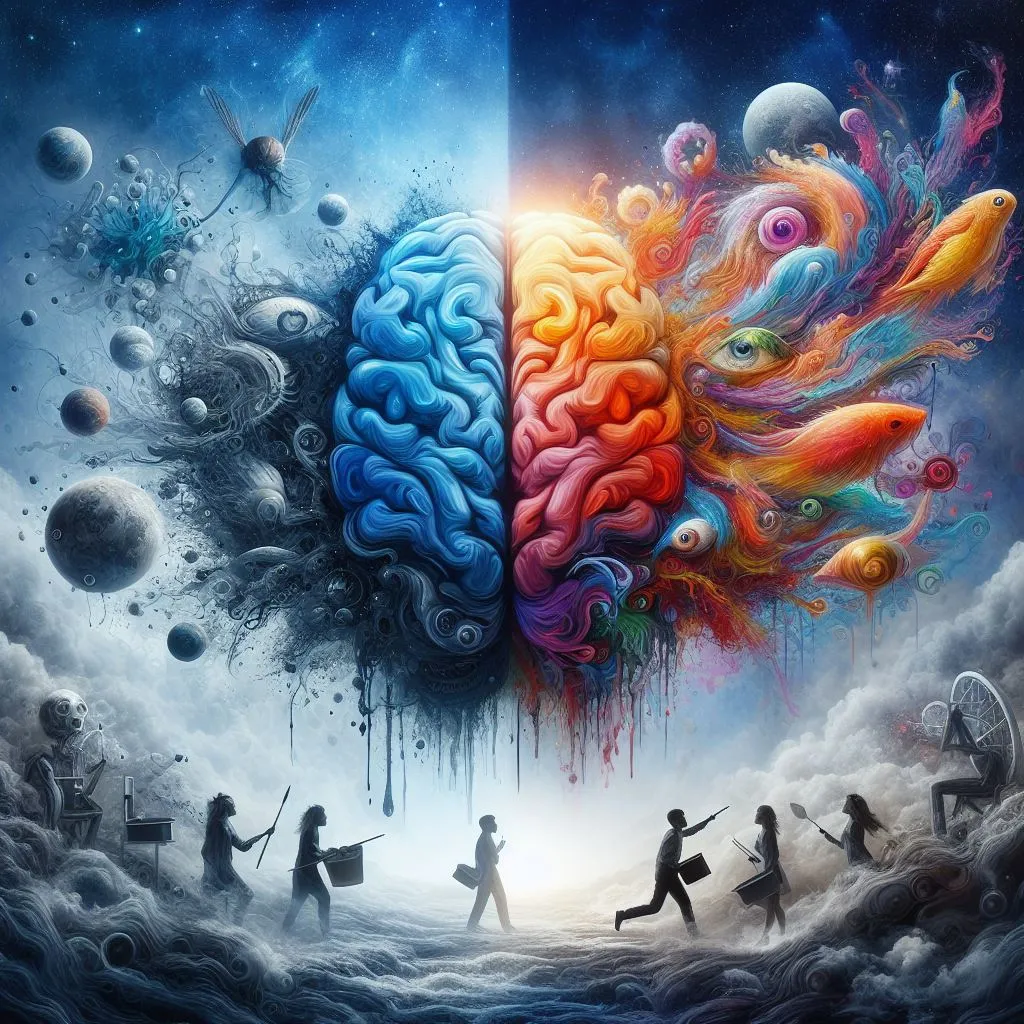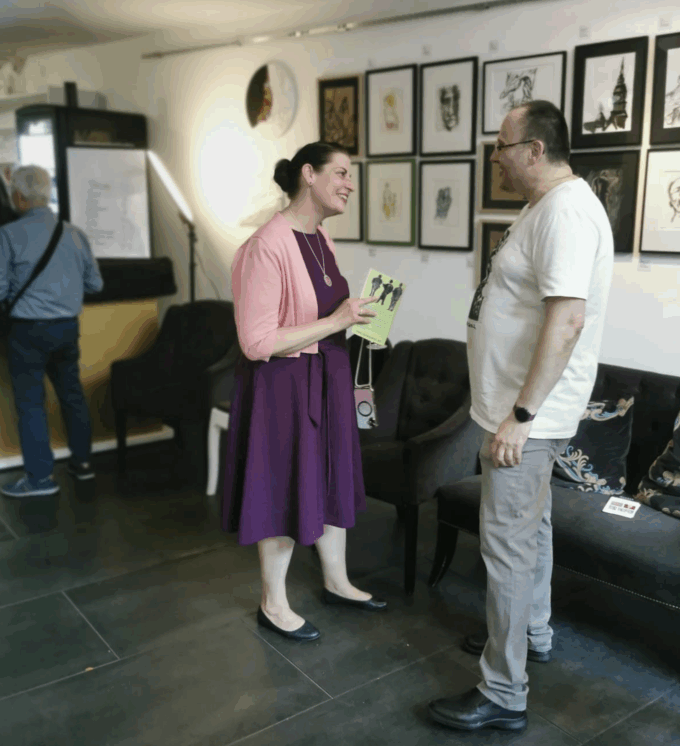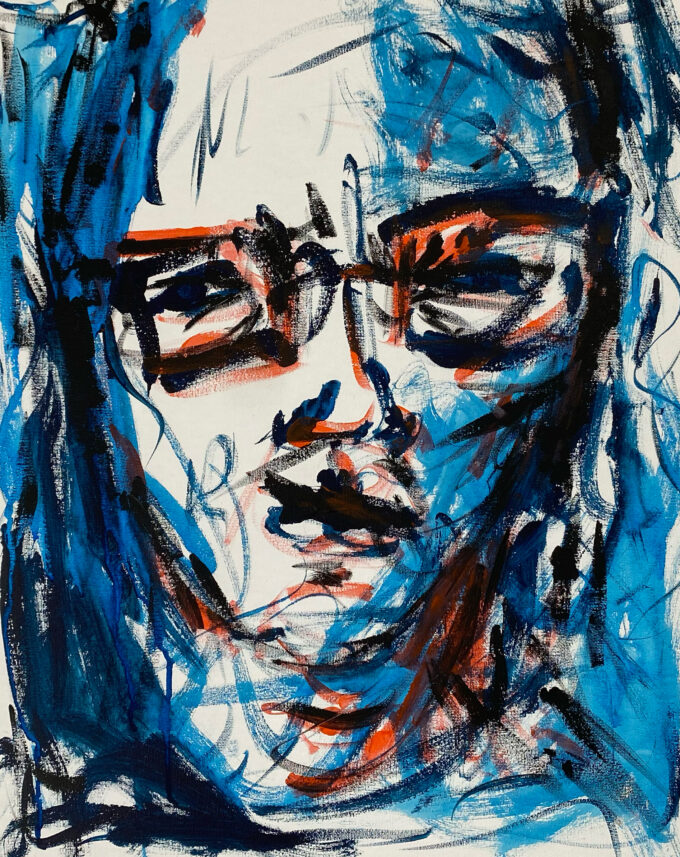There are two main ways artists work. In one, they feel a pressure to create something specific. They have an idea in mind, and they work on it until it’s done. This process is usually short-term, with a clear beginning and end. Once the artwork is finished, the artist often feels satisfied but also a bit empty — they’ve accomplished their goal.
The second way is more complex. It’s similar to how a scientist’s mind works. There’s a strong urge to delve deeply into a topic, whether it’s a natural phenomenon, an object, a scientific concept, or philosophy. The artist becomes obsessed with exploring it thoroughly, until they feel they’ve uncovered everything they can about it.
For instance, Picasso was obsessed with the color blue from 1901 to 1904, painting almost exclusively in shades of blue during that time. Refik Anadol has a long-standing obsession with AI and visualizing large datasets. Gerhard Richter was fixated on candles and skulls in 1982–1983, among other things.
By immersing themselves in certain subjects, artists go beyond simply creating art — they become like scientists and experts in that particular field. It’s important to understand these different approaches to appreciate the depth and variety of artistic expression.
We should also distinguish between the work of artists and standard science. Artists have the freedom to choose any subject they want to explore, and they don’t have strict rules or boundaries on how to do it. This freedom allows them to come up with unique conclusions that scientists might not consider. However, both the scientific and artistic ways of exploring the world contribute to a valuable understanding that we all benefit from.



